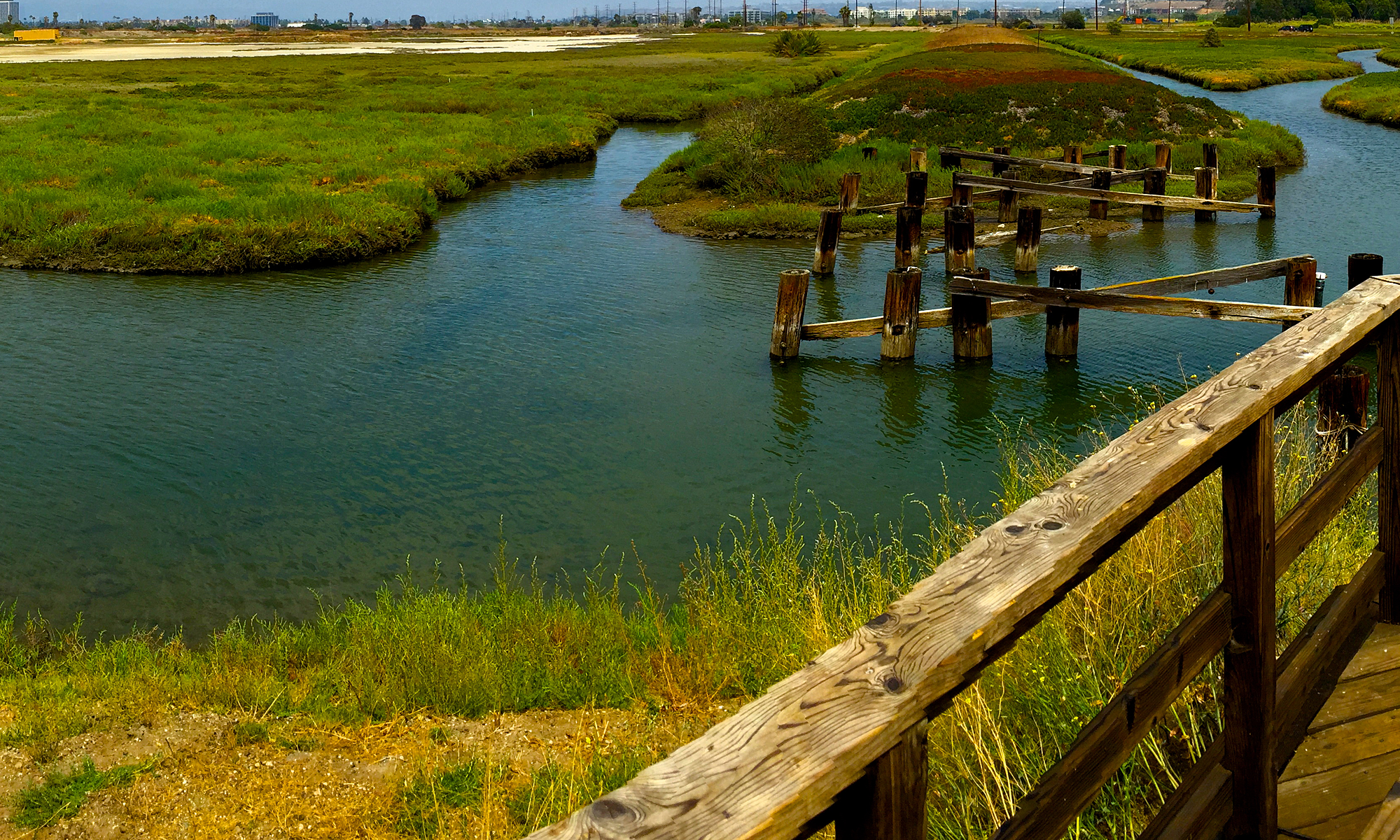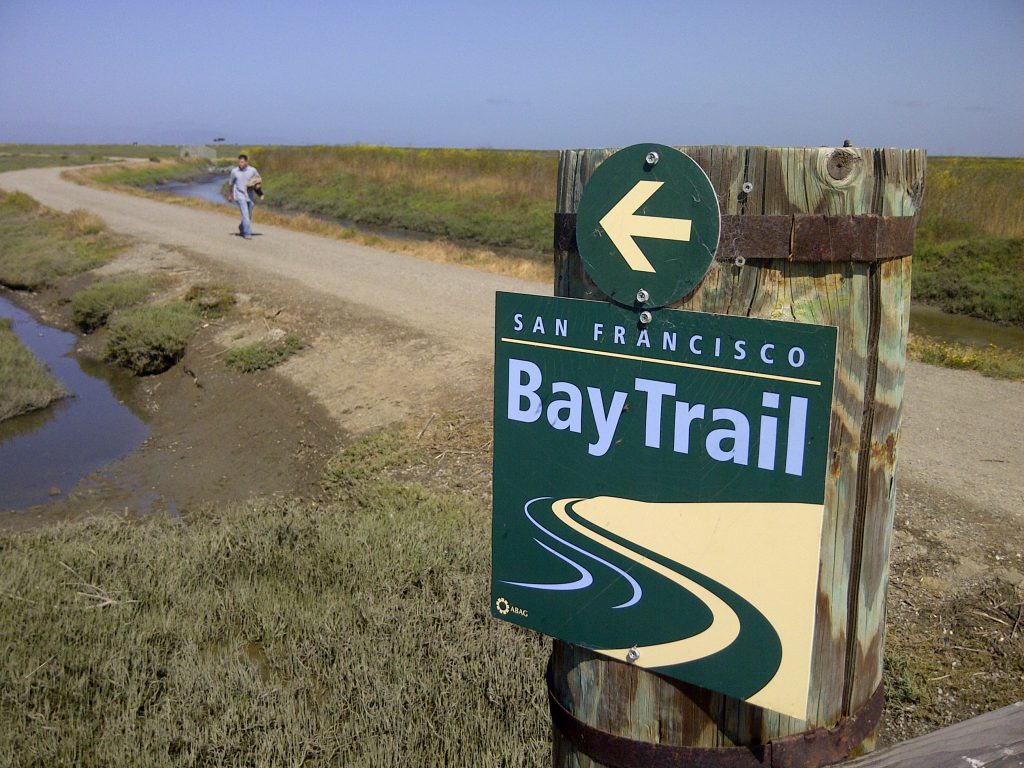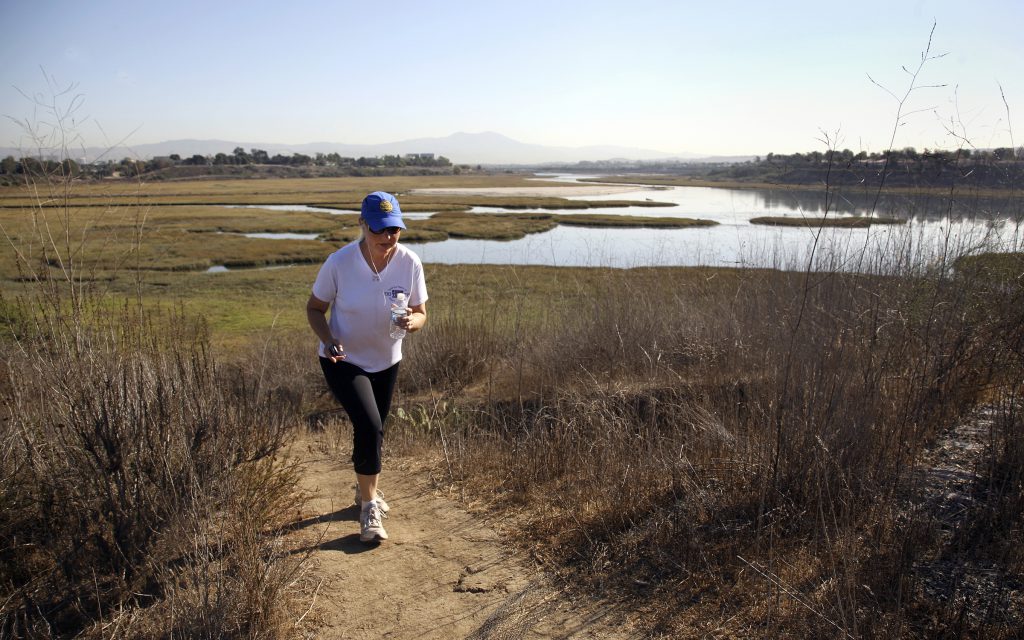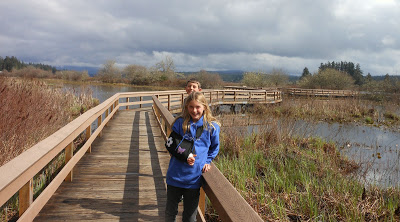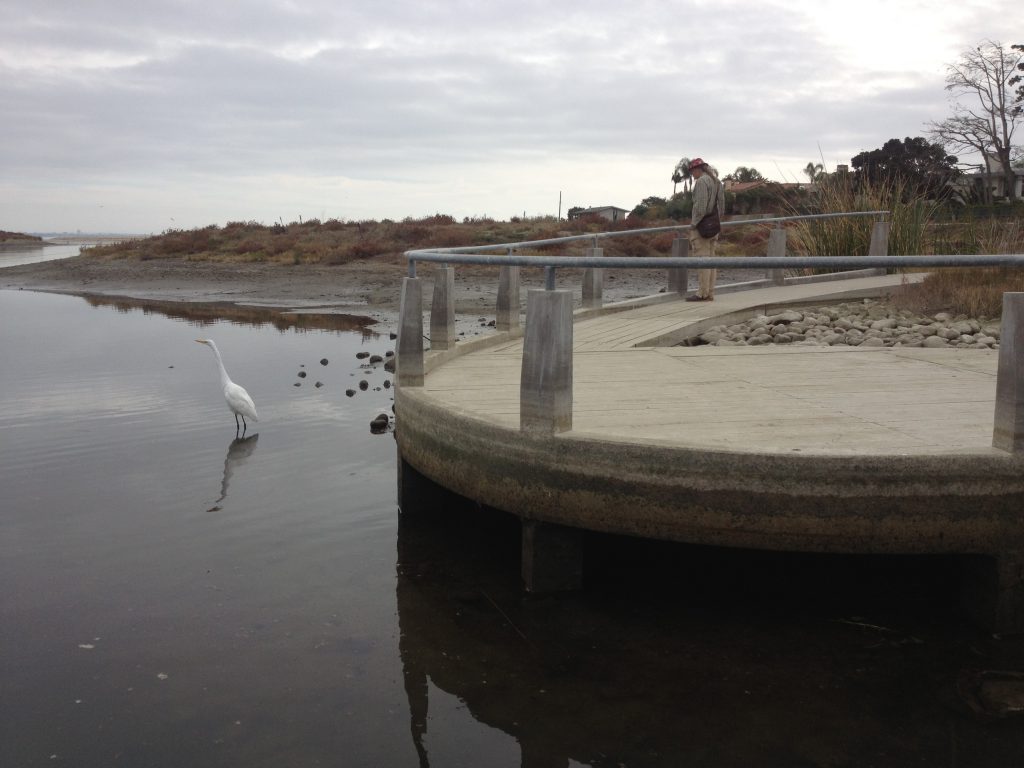Principle 8 – Compatible Uses
If public facilities are proposed as part of a wetland restoration project, they should be consistent with the restoration goals, and should not impair native wildlife or the planned ecological functions of the wetland. Public facilities, such as public access opportunities for education and enjoyment, should be well regulated and compatible with both the site and the surrounding community in terms of scale, design, and function.
Description:
Two types of public facilities are often incorporated into wetlands restoration projects: 1) trails for walking and biking, and 2) visitor facilities including interpretative centers and signs). It is important that people have the opportunity to experience the benefits of wetlands through the incorporation of such facilities. However, it is equally important that such facilities not damage the wetlands and the plant and animal species that live there. Particularly sensitive areas should be avoided for any public facilities. Buffer zones should be utilized between public facilities and sensitive areas such as nesting places and species-rich ecotone habitats (where two habitats meet). Trail design must also avoid fragmentation of habitat, as this reduces overall available habitat and increases edge effects (such as increased light, wind, and predators near the trail).
Below are photos of boardwalks and other trails that have been designed for public access in wetland areas while considering and protecting sensitive natural resources.
The San Francisco Bay Trail.
Back Bay Orange County, California.
Silver Lake Wetland Trail at Mount St. Helens.
Examples:
• For additional information, see Rails to Trails Conservancy http://www.railstotrails.org/
• Malibu Lagoon: Prior to the 2012 restoration, pedestrian trails cut through the lagoon, across islands in the Lagoon. These trails and bridges served as “pinchpoints” not allowing adequate circulation of water; further the presence of humans caused disturbance to birds and other wildlife utilizing the islands, reducing the habitat value for wildlife. The restoration from 2012-2013 removed those pedestrian walkways to provide higher quality habitat for wildlife and allow for increased water circulation to occur. A new pedestrian pathway was created around the outside of the Lagoon, allowing visitors access to the beach as well as opportunities to observe wildlife.
Malibu Lagoon, photo courtesy of Katherine Pease.
